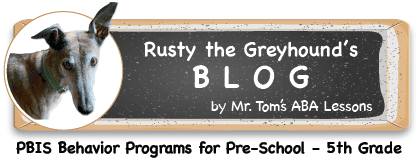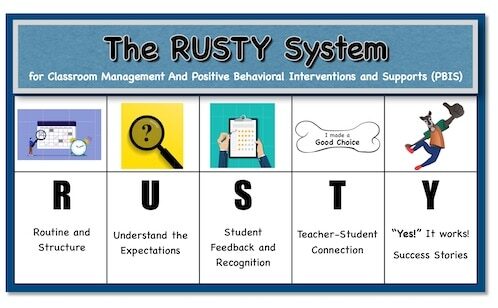Keep Your Class Moving: The Key to Engagement and Behavior Management
What are the benefits?

Active and hands-on learning keeps students engaged, reduces boredom, and minimizes behavioral issues. When students are physically involved in the lesson—whether through movement, group activities, or hands-on tasks—they are more likely to stay focused, participate, and retain information.
Why does this matter?

Long periods of sitting and passive listening can lead to restlessness, distractions, and disruptive behavior. By incorporating movement or interactive tasks, teachers can prevent these issues before they start. Keeping students actively engaged ensures they remain mentally and physically involved in the learning process, improving both behavior and comprehension.
What does this look like?

* In Math: Instead of lecturing for 30 minutes, the teacher introduces the concept briefly, then has students work in pairs, use manipulatives, or move to different stations.
* In Reading: After reading a passage, students do a “walk and talk” where they discuss key points with a partner while moving around the room.
* In Science: Rather than just listening to a lecture on forces and motion, students participate in a hands-on experiment that demonstrates the concept in action.
Real-Life Situation:
Mr. Carter, a 5th-grade teacher, noticed his students became restless during long lessons. Instead
of fighting distractions, he started incorporating movement every 10–15 minutes. During history
lessons, he had students act out events or rotate between discussion stations. The result? His
students became more engaged, behavior problems decreased, and learning retention improved.
By ensuring students are consistently engaged through movement and hands-on learning,
teachers create a dynamic classroom environment where students stay focused, behavior
improves, and learning thrives.



